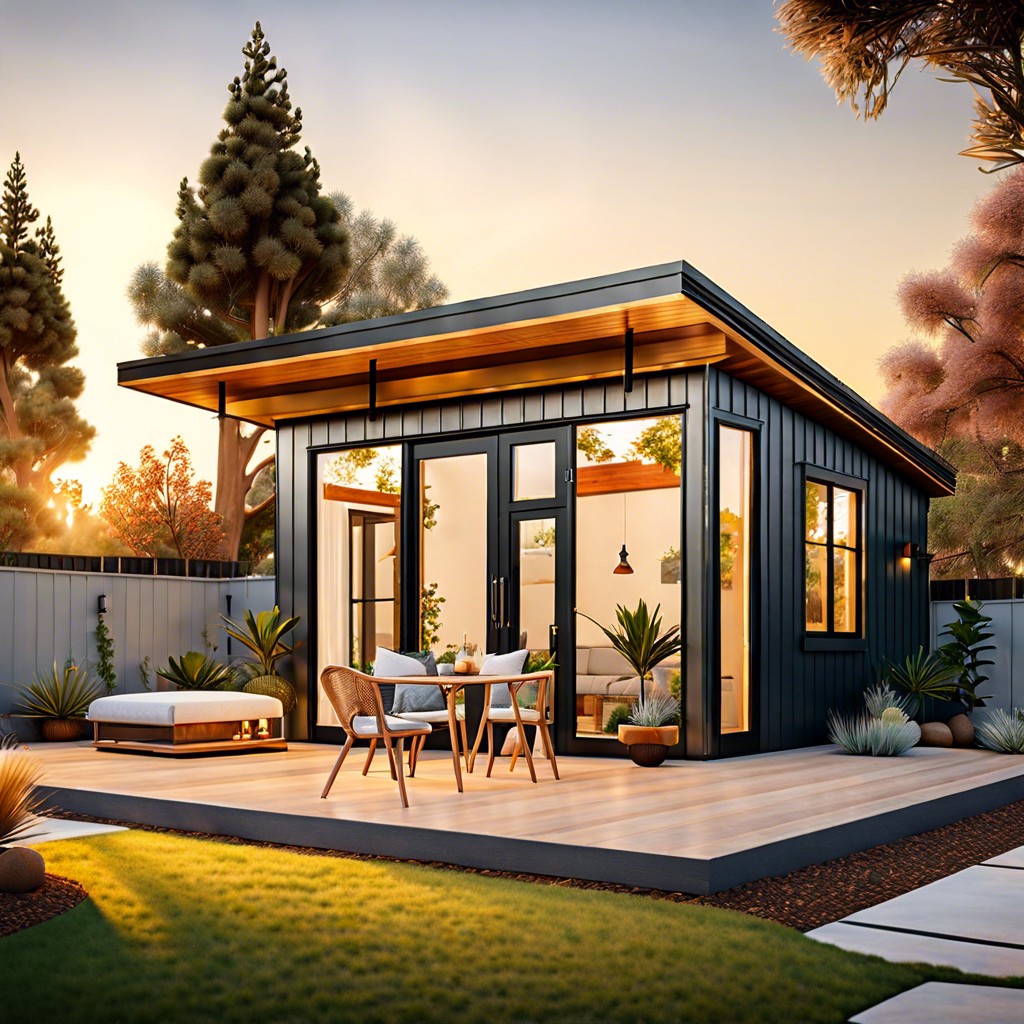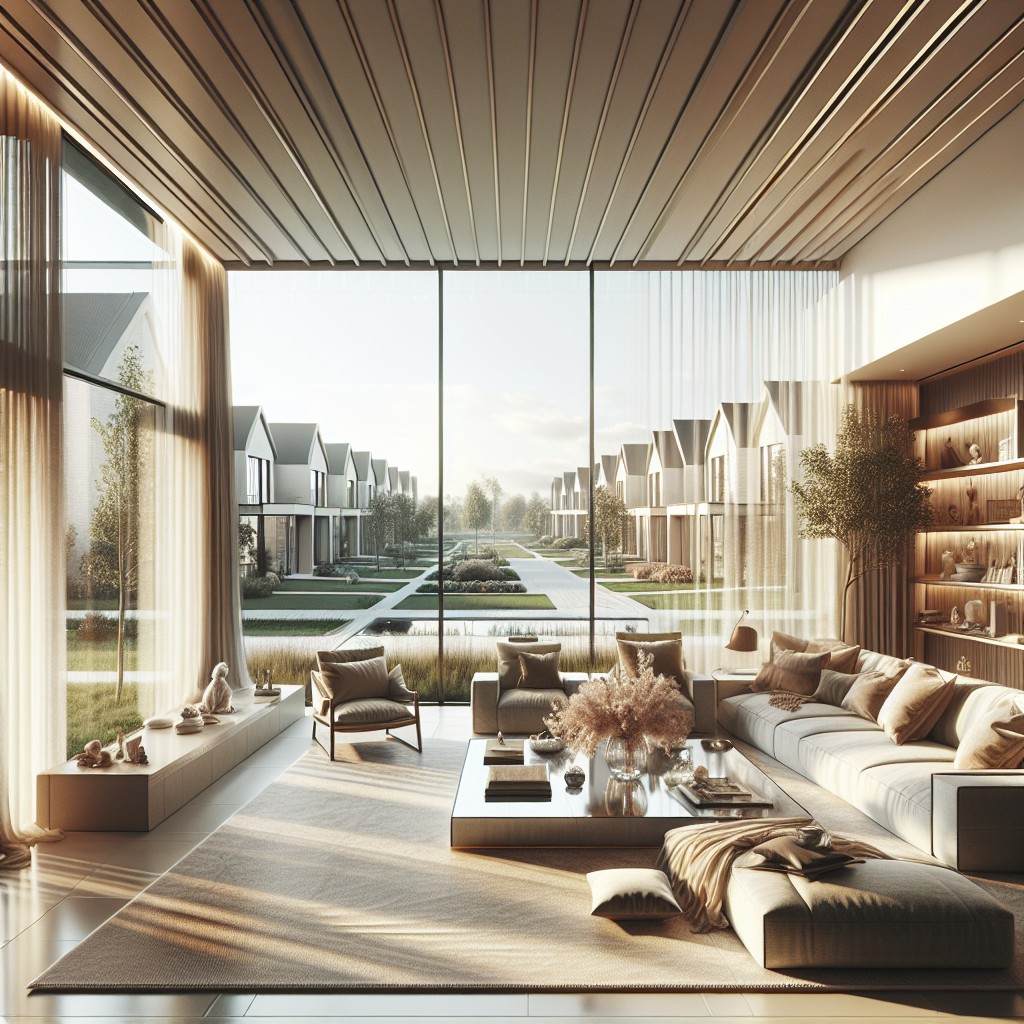Last updated on
Understanding the costs involved in building an accessory dwelling unit (ADU) in California is essential for homeowners considering this popular home addition.
Key takeaways:
- ADU costs in California can range from 0,000 to over 0,000.
- Expenses include permit fees, construction costs, utilities, and finishes.
- Factors that affect the cost include size, materials, labor, and type of ADU.
- ADUs can provide a return on investment through increased property value and rental income.
- Understanding the construction process helps manage timelines and budgets.
Overview of ADU Costs in California

Understanding the financial implications of constructing an accessory dwelling unit (ADU) in California is critical for any homeowner considering this addition. Costs can vary widely, starting at around $100,000 and can exceed $300,000, reflecting the diversity of options available.
The total investment hinges on numerous variables such as size, design, materials, location, and the level of customization required. Prefabricated units tend to lean towards the lower end of the spectrum, while custom units that require extensive site work and high-end finishes will be on the upper side.
In urban areas like San Francisco or Los Angeles, prices may be higher due to increased labor and material costs, as well as regulatory fees. By contrast, in more rural areas, costs could potentially be lower. Keeping these factors in mind can help set realistic expectations for the budgeting phase of your ADU project.
Breakdown of ADU Costs
When delving into the nitty-gritty of building an ADU in California, the costs can be as varied as the designs themselves. But generally, expenses fall into a few key categories which, once understood, can help in planning and budgeting.
Firstly, permit fees are unavoidable; they vary by location but are essential for legal compliance. These can run from a few hundred to several thousand dollars. Don’t overlook the potential need for a site plan, which may involve hiring an architect or designer, further influencing your budget.
Construction costs are the bulk of the investment. This includes materials and labor which are affected by the size and complexity of your ADU. On average, costs can range between $200 to $500 per square foot, sometimes more for high-end finishes or complex site work.
Utilities and site work can’t be ignored. If your ADU requires new utility connections, this can add significant expense, including the potential for trenching or upgrading existing systems. Always remember, things like driveways and landscaping may also add to the bottom line.
Lastly, fixtures and finishes complete your ADU, and choices here can substantially affect costs. Opting for luxury fittings will drive prices up, so if budget is a concern, consider quality, mid-range options that provide durability without compromising style.
Understanding these cost categories will lay a solid foundation for your ADU project, allowing for informed decisions and a smoother building experience.
Factors That Affect the Cost of Building an ADU
When considering the construction of an accessory dwelling unit, several factors influence the total cost:
Size and complexity are pivotal. Smaller, straightforward ADUs are generally more budget-friendly. Incorporating multiple bedrooms or custom designs can substantially increase expenses.
Local regulations and permit fees vary across California, and compliance with zoning laws or design standards in historic districts can intensify costs.
Choice of materials dramatically shapes the bottom line. High-end finishes and appliances command a premium, whereas cost-effective options can help rein in the expenditure.
Labor costs differ too; hiring skilled contractors in high-demand areas can contribute to higher overall costs.
Site preparation should not be overlooked. If your land requires extensive work like grading or utility connections, these will add to your costs.
Lastly, type of ADU—whether detached, attached, or a garage conversion—each has its own associated costs. Detached units typically require more extensive construction, thus potentially being the most expensive option.
Potential Return On Investment for ADUs
When considering an ADU project, evaluating its potential return on investment (ROI) is crucial. The presence of an ADU can significantly boost property value, sometimes by more than the cost of construction, due to increased desirability for potential buyers or renters.
Rental income is a tangible asset of having an ADU, offering homeowners a steady cash flow that can help offset mortgage payments or other expenses. In vibrant rental markets often found in California cities, ADUs can command substantial rents, making them a lucrative investment.
Long-term benefits come into play as well. ADUs contribute to a property’s versatility, appealing to a broader market, including multi-generational families and individuals looking for a home office or creative space. This adaptability can be a selling point if the property is put on the market.
Additionally, ADUs may afford homeowners tax advantages such as depreciation deductions. However, it is imperative to consult a tax professional to understand the specifics of how an ADU could affect your tax situation.
Lastly, while the initial cost might seem daunting, California’s push for affordable housing solutions has spurred various programs offering grants, loans, and fee waivers that can mitigate the financial impact and enhance the ROI of building an ADU.
Understanding the ADU Construction Process
Embarking on the adventure of constructing an ADU, familiarizing yourself with the sequence of steps involved sets the stage for a smoother journey. Initially, you’re tasked with securing necessary permits from local authorities. This bureaucratic hurdle is crucial as it ensures adherence to zoning laws and building codes specific to California.
Following approvals, the design phase kicks off, translating your vision into blueprints. Engaging with architects or designers, who specialize in optimizing small spaces, pays dividends in both functionality and aesthetic appeal.
Then comes selecting a contractor, a decision that hinges on reliability, experience, and mutual understanding. An adept builder not only navigates the complexities of construction but also acts as an ally in managing schedules, material procurement, and on-site problem-solving.
During construction, expect various inspections, conducted by local officials to maintain compliance with safety and quality standards. This iterative process ensures each phase of construction, from foundation laying to electrical work, aligns with regulatory expectations.
Understanding the ADU construction process demystifies the steps involved, setting the foundation for a successful build. By appreciating each phase’s role, you become better equipped to manage timelines, budget, and the inevitable bumps along the way.
Related reading:
Table of Contents





